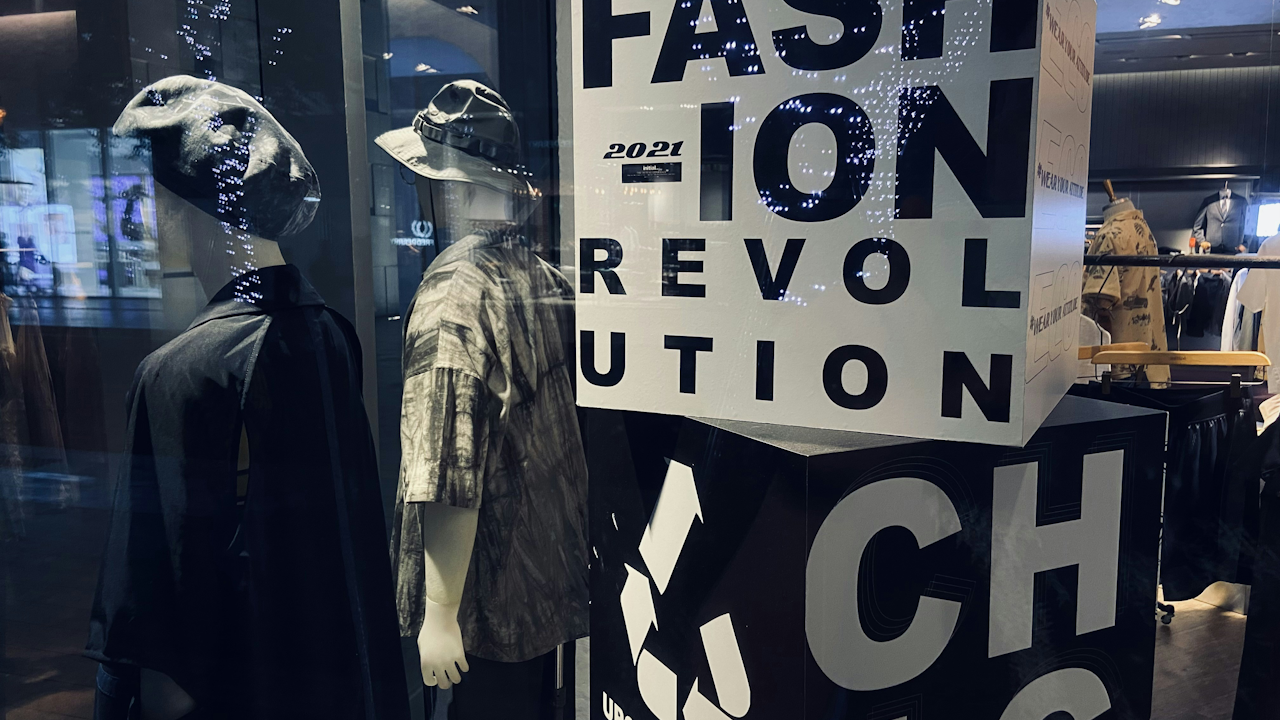Growing up, fashion was more than just clothing to me—it was identity, self-expression, and often, a way to keep up with the latest trends that flooded my social media feeds. Like many, I was swept up in the tide of fast fashion, frequently buying inexpensive clothes that mimicked designer looks. The thrill of purchasing new items was addictive. Each weekend visit to the mall or late-night online shopping spree gave me a temporary high, a feeling of satisfaction that quickly faded as the next trend appeared.
My wardrobe grew exponentially, but I began to notice a strange emptiness. Despite having overflowing drawers and countless hangers crammed with barely-worn items, I often felt I had “nothing to wear.” The joy of fashion was diminishing, replaced by a subtle guilt and a growing awareness that my habits were contributing to something much larger than my own closet chaos. Clothes would tear easily or go out of style before I had a chance to truly enjoy them, and I started to question the real cost of these impulse purchases.
It wasn’t a sudden shift that changed me, but rather a series of moments that accumulated over time. One of the earliest wake-up calls came when I watched a documentary highlighting the environmental and human toll of the fast fashion industry. Seeing rivers in distant countries turned vivid shades of blue and red from textile dyes and hearing stories of exploited garment workers working in unsafe conditions forced me to confront the darker side of my consumer habits. For the first time, I began to understand that my choices had global consequences.
Curiosity led me down a rabbit hole of research. I discovered how much water is needed to make a single pair of jeans, and how synthetic fibers shed microplastics into oceans every time they’re washed. I learned about the carbon emissions associated with textile production, and the mounds of discarded clothing piling up in landfills and even being dumped in developing countries. The facts were overwhelming, but they lit a spark in me. I realized I had the power to make different choices—choices that could lessen my impact and align with my values.
The transition wasn’t immediate, and it certainly wasn’t perfect. I had to unlearn years of consumer conditioning. Instead of browsing fashion sites out of boredom, I began practicing intention. Did I really need another white t-shirt, or was I trying to fill some emotional void? I started curating my wardrobe, keeping pieces I loved and donating those I hadn’t worn in over a year. I educated myself on sustainable fabrics and began supporting ethical brands, even if it meant spending more on fewer items.
One of the most surprising shifts was how much more satisfaction I found in what I already owned. I learned to mend clothes instead of discarding them. I experimented with styling pieces in new ways, and I found local clothing swaps where I could give and receive gently used garments. These practices not only reduced waste, but they also helped me rediscover the creativity that initially drew me to fashion.
Secondhand shopping became a form of treasure hunting. Thrift stores and vintage shops offered a more unique and personal way to dress. I found joy in items with stories and character, rather than uniform mass-produced garments. The pressure to constantly keep up with trends diminished, replaced by a desire to express my own aesthetic authentically and sustainably.
Mindful consumption, I came to realize, is about more than just buying less—it’s about asking questions. Who made this item? What are their working conditions like? What will happen to this product when I’m done with it? It’s about pausing before a purchase and considering its true cost—not just the price tag, but the environmental footprint and the human labor behind it.
This journey also changed my relationship with money. I now value quality over quantity, and I’m willing to invest in pieces that last. Clothing, for me, has become less about instant gratification and more about thoughtful investment. I don’t miss the cycle of constantly shopping for the next best thing. Instead, I’ve gained peace of mind and a stronger sense of self.
Most importantly, I’ve come to understand that change doesn’t require perfection. I still occasionally buy something new, and not every purchase I make is entirely sustainable. But the difference is that I’m aware, intentional, and always striving to do better. Small actions, when multiplied, create ripple effects.
Looking back, the transformation from a fast fashion addict to a more conscious consumer has been deeply personal and surprisingly empowering. It’s not just about the clothes—it’s about the values they represent. By choosing to slow down, ask questions, and consume mindfully, I’ve not only reduced my impact on the planet but also reclaimed my sense of purpose and creativity.
What began as a shift in shopping habits has turned into a more meaningful lifestyle—one where I seek connection over consumption, responsibility over impulse, and authenticity over trends. This journey isn’t just about fashion—it’s about aligning who I am with how I live in the world.

